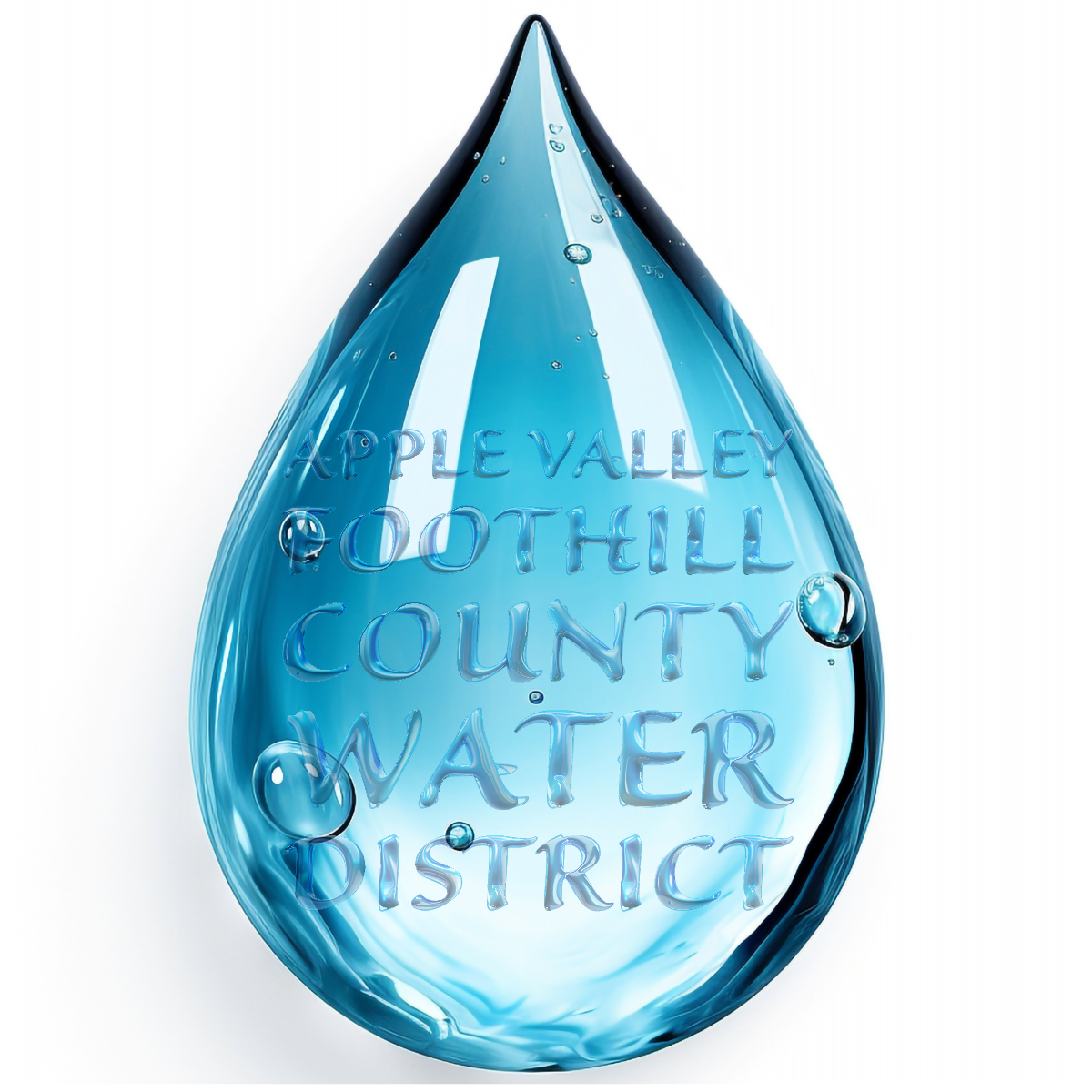Source Water Protection Plan
Background
In 1996, the Safe Drinking Water Act (SDWA) was amended to require that each state develop and implement a source water assessment program. California Department of Public Health responded to this amendment by creating and implementing the Drinking Water Source Assessment and Protection (DWSAP) Program to evaluate each drinking water source in the state. This evaluation includes a determination of how susceptible each drinking water source is to contamination and uses these key elements as the basis for the assessment:
- A delineation of the area around a drinking water source through which contaminants might move and reach that drinking water supply.
- An inventory of possible contaminating activities (PCAs) that might lead to the release of microbiological or chemical contaminants within the delineated area.
- A determination of the PCAs to which the drinking water source is most vulnerable.
California Department of Public Health has overseen the completion of assessments for every drinking water source in the state. Considering that the potential threats to the sources of drinking water have been identified, the natural extension to the assessment is the development of a source water protection plan.
Purpose
A source water protection plan is a document, created with the assistance of members of the community, which identifies possible contaminating activities within drinking water source protection areas and provides specific recommendations to manage these potential threats in order to maintain quality drinking water. The recommendations necessary to make this document viable include:
- Prevention of Possible Contaminating Activities (PCAs)
- Contingency planning in the event of a water supply emergency
- Community education and outreach
Why Source Water Protection
The Safe Drinking Water Act (SDWA) was passed by Congress in 1974 to protect public health by regulating the nation's public drinking water supply. Amendments to the law in 1986 and 1996 require many actions to protect drinking water and its sources. Originally, SDWA focused primarily on treatment as the means of providing safe drinking water at the tap. The 1996 amendments recognized source water protection as a major component of safe drinking water. Essential pieces of this component include protection and prevention. States and water suppliers must conduct assessments of water sources determine areas of vulnerability to contamination. Water systems may also voluntarily adopt programs to protect their watershed. SDWA applies to every public water system in the United States. Responsibility for ensuring public water systems provide safe drinking water is divided among US EPA, states, tribes, water systems, and the public. SDWA provides a framework in which these parties work together to protect this valuable resource. The California Department of Public Health (CDPH) regulates all large water systems greater than 200 connections and was delegated by the state as primary authority for small water systems in 34 of California’s 58 counties. CDPH developed the Drinking Water Source Assessment & Protection Plan (DWSAP), to assist these small water systems. In each assessment, CDPH delineates protection zones that represent the area that would be likely to contribute water to the source within a specified time-of-travel (2, 5, or 10 years) for contaminant movement within the protection area. The Source Water Protection Program is a voluntary program implemented at the local level to build local stewardship out of DWSAP activities conducted by CDPH. An implemented Source Protection Plan helps protect drinking water resources from contamination by pulling together a broad coalition of active stakeholders and providing guidelines for monitoring land use within the protection area surrounding the drinking source. The planning document considers past, current and future use of the watershed surrounding the drinking water source in making its actions. Many materials - pesticides, fertilizers, organic chemicals, and human and animal wastes can contaminate water. Using existing protection tools, such as mandated DWSAPs and Sanitary Surveys and drawing on a broad coalition of committed stakeholders, a Source Water Protection (SWP) Plan identifies water system vulnerabilities and describes techniques to manage potentially contaminating activities, land uses and events; outlining a structured approach to managing potential sources of contamination within the source protection area (SPA). A SWP must have buy-in from the agencies who will implement
Source protection planning benefits include:
- Increased consumer awareness about drinking water sources
- Creation of consumer confidence that a drinking water source will continue to be protected and reliable;
- Reduction of risk of contamination incidents with costly and/or potentially harmful results;
- Fostering of positive, proactive relationships with regulatory agencies, water system operators and the public
- Documentation of groundwork to support financial assistance proposals on behalf of the watershed.
